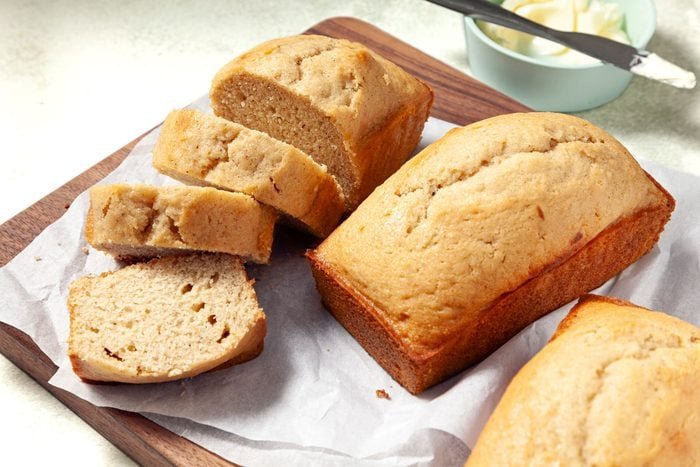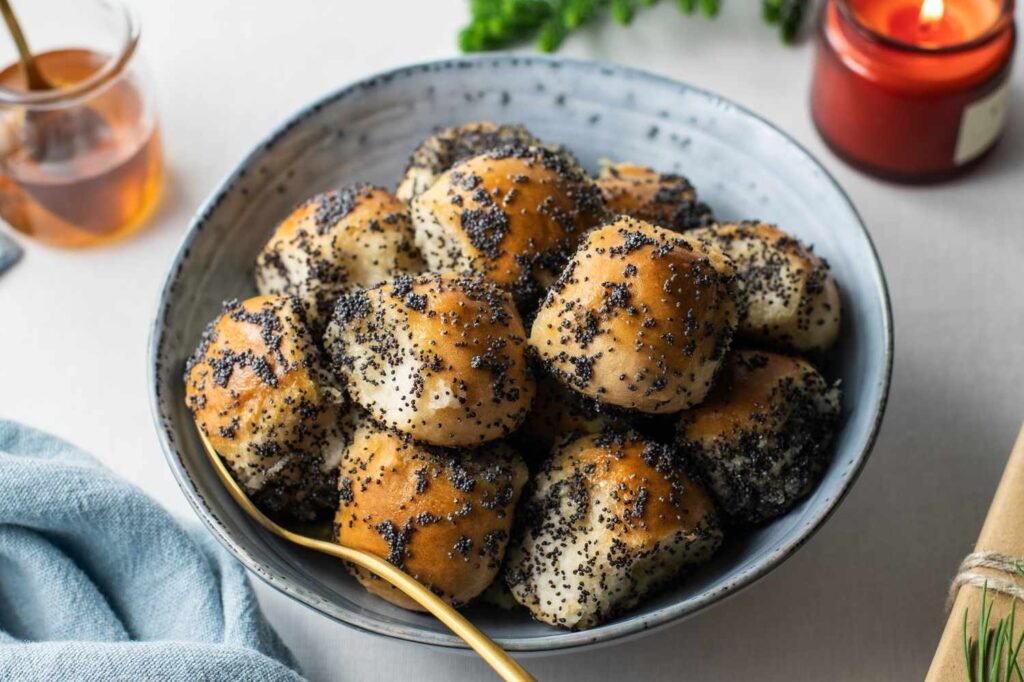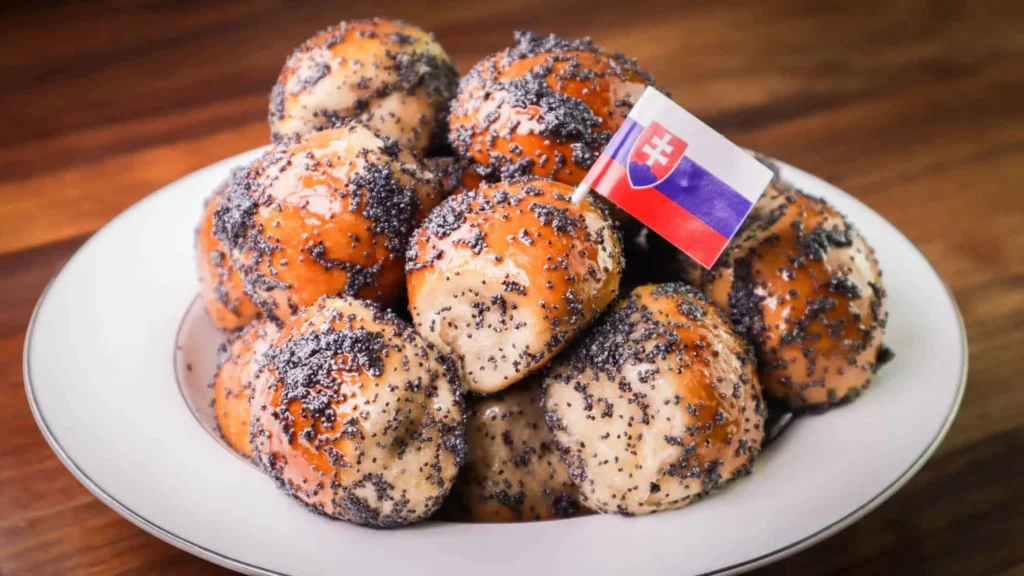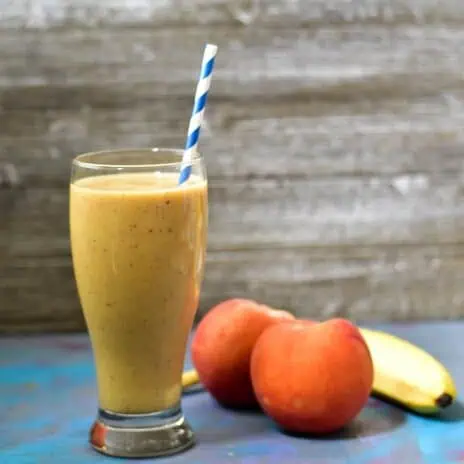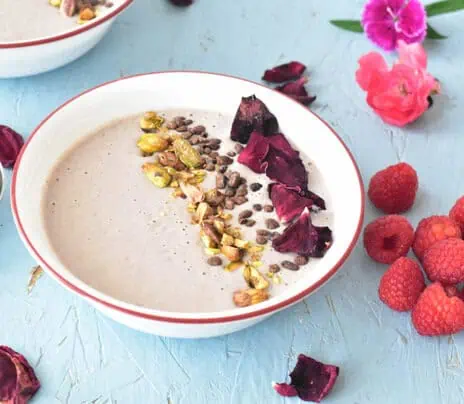May 28, 2025
Healthy Instant Pot Black Eyed Peas Curry: A Nutritious and Flavorful Recipe
Introduction
Black-eyed peas, with their creamy texture and nutty flavor, are a versatile legume that shines in a variety of dishes, from Southern soul food to vibrant curries. This Healthy Instant Pot Black Eyed Peas Curry is a perfect fusion of nutrition, convenience, and bold flavors. Using the Instant Pot, you can create a wholesome, plant-based meal in under an hour, making it ideal for busy weeknights or meal prep. Packed with protein, fiber, and essential nutrients, this curry is not only delicious but also supports a balanced diet. In this article, we’ll explore the recipe, its health benefits, and tips to customize it to your taste.
Why Choose Black Eyed Peas?
Black-eyed peas are a nutritional powerhouse. They’re rich in protein, fiber, iron, and folate, making them an excellent choice for vegetarians, vegans, or anyone looking to reduce meat consumption. A single cup of cooked black-eyed peas provides approximately 13 grams of protein and 11 grams of fiber, supporting muscle health and digestion. They’re also low in fat and have a low glycemic index, which helps stabilize blood sugar levels. Additionally, black-eyed peas are a good source of antioxidants, which may reduce inflammation and promote heart health.
Using the Instant Pot to prepare this curry saves time and enhances flavors by allowing the spices to meld quickly under pressure. Whether you’re a seasoned cook or a beginner, this recipe is approachable and customizable, with options to adjust the spice level or add your favorite vegetables.
Ingredients for Instant Pot Black Eyed Peas Curry
This recipe serves 4–6 people and takes about 40 minutes from start to finish, including prep and cooking time. Below is the list of ingredients, carefully selected for flavor and nutrition.
For the Curry:
- 1 cup dried black-eyed peas (or 2 cans, drained and rinsed, for a quicker option)
- 1 tablespoon olive oil or avocado oil (for sautéing; use water for an oil-free version)
- 1 medium onion, finely chopped
- 2 garlic cloves, minced
- 1-inch piece of ginger, grated
- 1–2 green chilies, finely chopped (optional, adjust for spice preference)
- 1 medium tomato, diced (or 1 cup canned diced tomatoes)
- 1 medium potato, diced into ½-inch cubes
- 1 cup carrots, diced
- 1 cup spinach or kale, chopped (optional for added greens)
- 1 teaspoon cumin seeds
- 1 teaspoon ground turmeric
- 1 teaspoon ground coriander
- 1 teaspoon ground cumin
- 1 teaspoon smoked paprika (optional for a smoky flavor)
- 1 teaspoon garam masala
- ½ teaspoon red chili powder (adjust to taste)
- 1 cup coconut milk (light or full-fat, depending on preference)
- 2 cups vegetable broth (or water for a lighter curry)
- Salt to taste
- Fresh cilantro, chopped, for garnish
- Juice of ½ lemon (for a bright finish)
For Serving:
- Cooked basmati rice, quinoa, or naan
- Lime wedges for extra zest
Equipment Needed:
- Instant Pot (6-quart or 8-quart)
- Measuring cups and spoons
- Cutting board and knife
- Wooden spoon or spatula
Step-by-Step Instructions
Follow these detailed steps to create a flavorful and healthy black-eyed peas curry in your Instant Pot. The recipe is designed for dried black-eyed peas, but notes for canned peas are included for convenience.
Step 1: Prepare the Black-Eyed Peas
If using dried black-eyed peas, rinse them thoroughly under cold water to remove any debris. Soaking is optional but recommended to reduce cooking time and improve digestibility. Soak the peas in water for 4–6 hours or overnight. If you’re short on time, a quick soak works: place the peas in a pot with water, bring to a boil for 2 minutes, then let them sit for 1 hour. Drain and rinse before using.
If using canned black-eyed peas, simply drain and rinse them. You’ll add them later in the cooking process to prevent overcooking.
Step 2: Sauté the Aromatics
Set your Instant Pot to the Sauté mode on medium heat. Add the olive oil (or water for an oil-free version). Once hot, add the cumin seeds and let them sizzle for 30 seconds until fragrant. Add the chopped onion and sauté for 3–4 minutes until translucent. Stir in the minced garlic, grated ginger, and green chilies (if using), cooking for another 1–2 minutes until aromatic.
Step 3: Add Spices and Tomatoes
Sprinkle in the ground turmeric, coriander, cumin, smoked paprika, red chili powder, and a pinch of salt. Stir for 30 seconds to bloom the spices, releasing their flavors. Add the diced tomato and cook for 2–3 minutes until it softens and forms a thick paste with the spices. This base, or masala, is the heart of the curry’s flavor.
Step 4: Add Vegetables and Black-Eyed Peas
Add the diced potato, carrots, and soaked (or canned) black-eyed peas to the pot. Stir to coat them in the spice mixture. Pour in the vegetable broth and coconut milk, stirring gently to combine. If using spinach or kale, you can add it now or stir it in after cooking to retain its vibrant color.
Step 5: Pressure Cook
Cancel the Sauté mode. Secure the Instant Pot lid, ensuring the valve is set to Sealing. Select the Pressure Cook (or Manual) setting and set the timer:
- For soaked dried black-eyed peas: 8 minutes on High Pressure.
- For unsoaked dried black-eyed peas: 15 minutes on High Pressure.
- For canned black-eyed peas: 5 minutes on High Pressure (add them after sautéing the vegetables and spices).
Once the cooking cycle is complete, allow a Natural Pressure Release (NPR) for 10 minutes, then carefully move the valve to Venting to release any remaining pressure.
Step 6: Final Touches
Open the Instant Pot and stir the curry. If it’s too thick, add a splash of water or broth to reach your desired consistency. Stir in the garam masala and lemon juice for a burst of flavor. Taste and adjust salt or spices as needed. If you didn’t add greens earlier, stir in the spinach or kale now and let it wilt for 1–2 minutes.
Step 7: Serve and Garnish
Serve the curry hot, garnished with fresh cilantro and a squeeze of lime juice. Pair it with basmati rice, quinoa, or warm naan for a complete meal. For a low-carb option, serve with cauliflower rice.
Nutritional Benefits of This Curry
This Instant Pot Black Eyed Peas Curry is a nutrient-dense meal that supports a healthy lifestyle. Here’s a breakdown of its key nutritional benefits:
- High in Protein: Black-eyed peas provide plant-based protein, essential for muscle repair and satiety. One serving of this curry offers approximately 10–12 grams of protein, depending on portion size.
- Rich in Fiber: The combination of black-eyed peas, vegetables, and optional greens delivers a high fiber content, promoting digestive health and helping you feel full longer.
- Low in Fat: Using light coconut milk or reducing the oil keeps the fat content low while maintaining creaminess.
- Packed with Vitamins and Minerals: Carrots and greens add vitamins A and C, while black-eyed peas contribute iron and folate. The spices, like turmeric and ginger, offer anti-inflammatory and antioxidant properties.
- Customizable for Dietary Needs: This recipe is naturally vegan and gluten-free. You can make it oil-free by sautéing with water or adjust the sodium content by using low-sodium broth.
Tips for Customizing Your Curry
One of the best aspects of this recipe is its versatility. Here are some ideas to make it your own:
- Adjust the Heat: For a milder curry, skip the green chilies and reduce the red chili powder. For extra spice, add a pinch of cayenne or fresh Thai chilies.
- Add More Veggies: Incorporate bell peppers, zucchini, or sweet potatoes for added texture and nutrition.
- Protein Boost: Add tofu cubes or cooked lentils for an even heartier dish.
- Creamier Texture: Use full-fat coconut milk or blend a portion of the curry before adding the greens for a smoother consistency.
- Meal Prep Friendly: This curry freezes well. Store in airtight containers for up to 3 months or refrigerate for up to 5 days.
Time-Saving Tips
- Use Canned Peas: Canned black-eyed peas cut the cooking time significantly, making this a 20-minute meal.
- Prep Ahead: Chop vegetables and measure spices in advance to streamline the process.
- Batch Cooking: Double the recipe in an 8-quart Instant Pot for meal prep or larger gatherings.
Serving Suggestions
This curry pairs beautifully with a variety of sides:
- Grains: Basmati rice, brown rice, or quinoa complement the curry’s flavors.
- Breads: Serve with naan, roti, or whole-grain flatbread for scooping up the curry.
- Toppings: Add a dollop of Greek yogurt (for non-vegans), a sprinkle of toasted nuts, or extra cilantro for garnish.
- Side Dishes: Pair with a cucumber raita or a simple green salad for a balanced meal.
Why Use an Instant Pot?
The Instant Pot is a game-changer for busy cooks. It reduces cooking time for dried beans by up to 50% compared to stovetop methods, and the pressure cooking process infuses the dish with deep flavors. Plus, it’s a one-pot meal, minimizing cleanup. The sauté function allows you to build layers of flavor without dirtying extra pans, making this recipe both efficient and delicious.
Conclusion
This Healthy Instant Pot Black Eyed Peas Curry is a perfect blend of convenience, nutrition, and taste. With its vibrant spices, creamy texture, and nutrient-packed ingredients, it’s a dish that satisfies both the palate and the body. Whether you’re cooking for a family dinner or prepping meals for the week, this recipe is sure to become a staple in your kitchen. Try it today and enjoy a wholesome, flavorful curry that’s as good for you as it is delicious!
More Details
